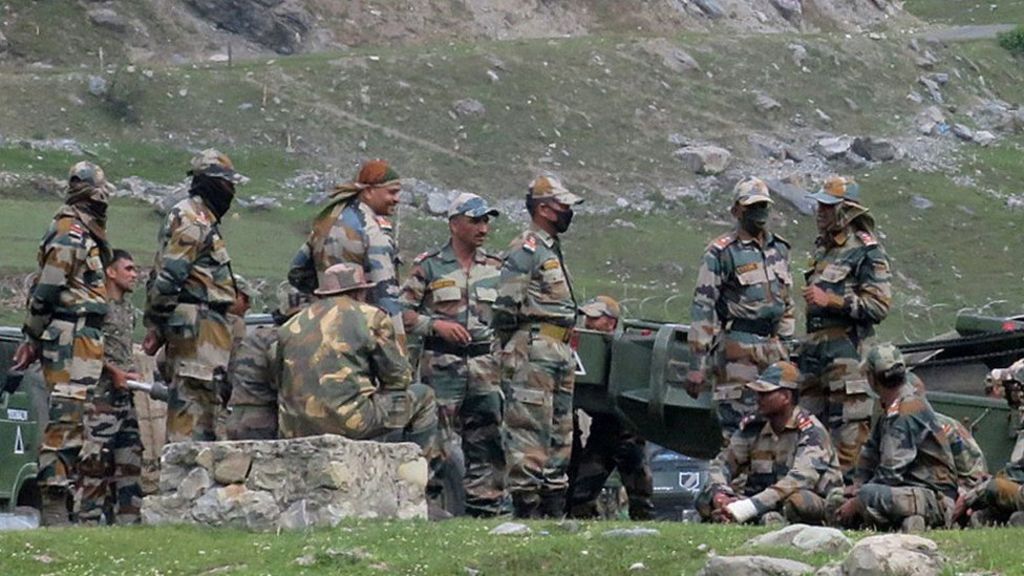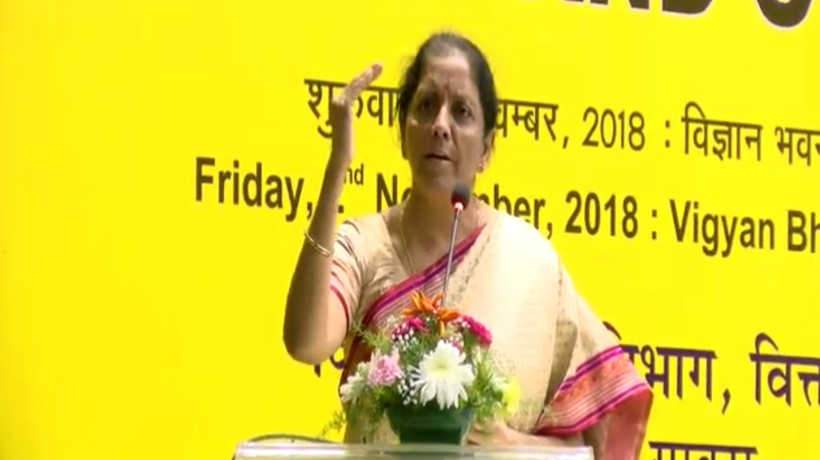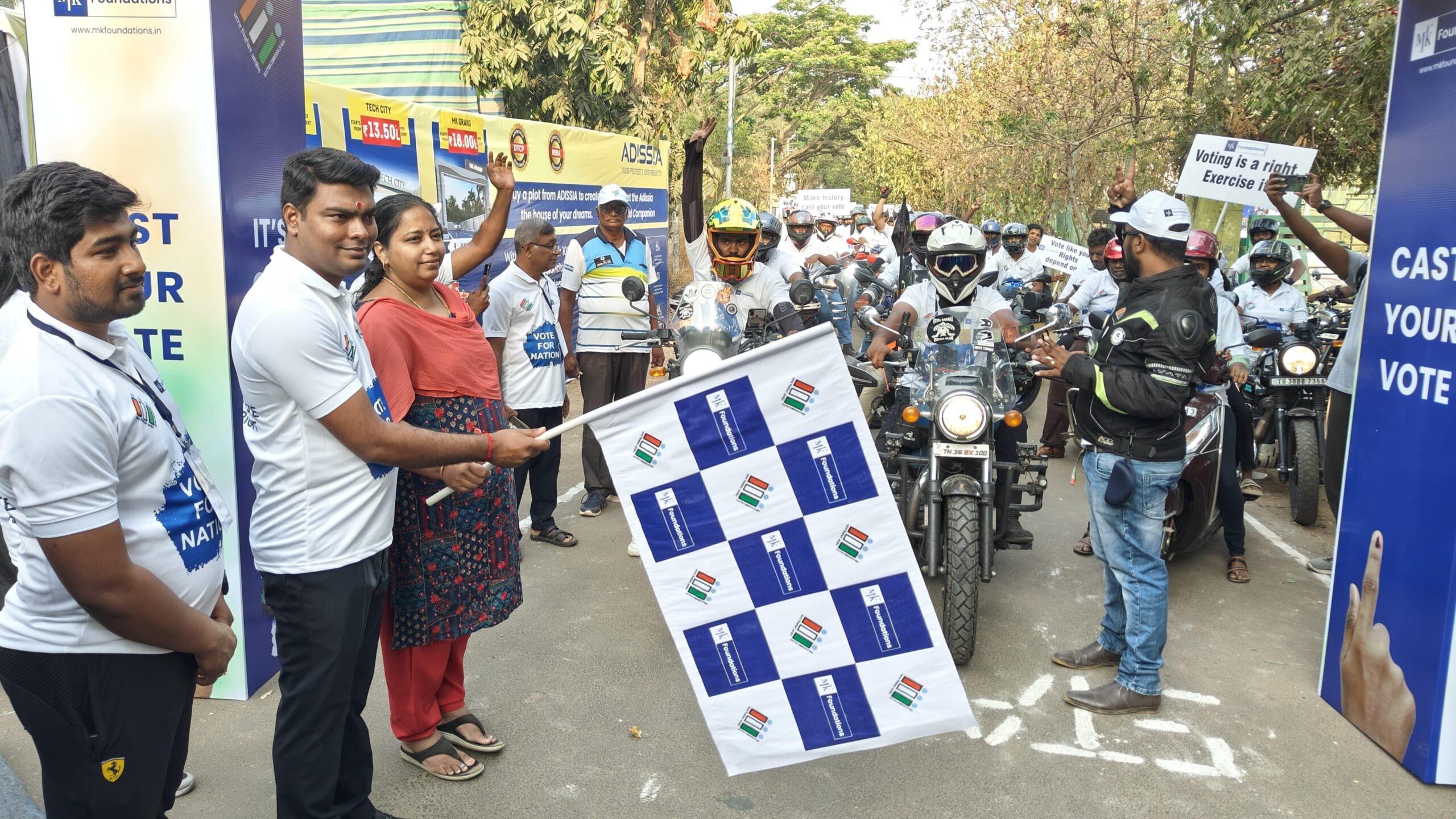Trending Now
- IPL 2024 begins with a bang. First contest between CSK and RCB.
- Election commission allots mike symbol to Naam Thamizhar Katchi
- AIADMK promises to urge for AIIMS in Coimbatore, in its election manifesto.
- Ponmudi becomes higher education minister.
Whats Hot
Violent India-China clash at LAC: What really happened that night
![]() June 17, 2020
June 17, 2020
Twenty Indian Army personnel, including a commanding officer (CO), were killed in a fierce clash with Chinese troops in the Galwan Valley in eastern Ladakh on Monday night, the biggest military confrontation in over five decades that has significantly escalated the already volatile border standoff in the region.
The Army initially said on Tuesday that an officer and two soldiers were killed. But in a late evening statement, it revised the figure to 20 saying 17 others who “were critically injured in the line of duty and exposed to sub-zero temperatures at the standoff location succumbed to their injuries.”
Government sources said the Chinese side too suffered “proportionate casualties” but chose not to speculate on the number. An ANI source has speculated that at least 43 Chinese soldiers have been seriously injured or killed in the clash.
It is the biggest confrontation between the two militaries since the 1967 clashes in Nathu La when India lost around 80 soldiers while over 300 Chinese army personnel were killed. The casualties take both sides into uncharted territory at a time when the government’s attention is focused on fighting the Covid-19 crisis that appears to be ballooning by the day.
TIMELINE OF GALWAN CLASH
1. Token disengagements followed the Lt Gen-level talks between India and China that were held on June 6 in a bid to resolve the month-long border standoff in Eastern Ladakh.
2. Mid-week, the Chinese came back and set up camp on the Indian side. India dismantled the camp, following which a scuffle broke out between the troops of both the sides, injuring several soldiers.
3. The Chinese troops went back only to return in larger numbers over the weekend. Some stone-pelting took place on Sunday, June 14.
4. On Monday (June 15) evening, clashes broke out on a ridgeline with a high drop towards the Galwan river. The clashes escalated rapidly and according to sources, many Indians soldiers fell into the river during the scuffle.
After India and China had agreed that Chinese troops would further disengage and return to their territory in Ladakh’s Galwan Valley on June 6, talks between major generals of both sides were supposed to take place on June 16.
5. As the PLA troops didn’t move back, an unarmed patrol team of the Indian Army led by Colonel Santosh Babu of 16 Bihar Regiment set out to hold a discussion with the Chinese side.
The Chinese refused to move back and deliberately aggravated the situation. They started to attack the Indian delegation with boulders, rocks wrapped with barbed wire and wooden log with nails around them. The Indian side also retaliated.
Indian military sources said no firearms were used in the clashes and that most of the injuries were sustained following stone-pelting and use of rods by the Chinese side.
6. After the first hit by the Chinese troops, the CO was grievously injured. Indian troops took the CO and an injured havaldar back, leaving behind some injured soldiers, who were taken captive immediately by the Chinese side.
7. After nearly 40 minutes, the same unit, led by a Major, went back to that particular area and raided again. Once they reached the site, things escalated even further.
8. The Indian troops assaulted the Chinese post with brutal strength and seriously injured nearly 55-56 Chinese solider. Many casualties were inflicted at this point. Sources said there were many fatalities on the Chinese side but there was no confirmation on the exact number.
All this was happening near a ridge and many of the soldiers were pushed down a cliff into the narrow, fast-moving Galwan river. The Indian party was vastly outnumbered by the Chinese, as per sources.
This is the time when many of the casualties on the Indian and Chinese side happened.
There apparently was a brigadier-level Chinese officer on the post who waved for peace asking the troops to stop fighting.
9. Hand-to-hand fighting continued late into the night. Stones and metal clubs with barbed wire were heavily used, due to which, many suffered head injuries.
10. The clash went on for over three hours.
11. Fighting stopped well after midnight. Several bodies of the soldiers were fished from the river, while, many injured succumbed by morning, sources said.
Sources said that multiple Colonel-to-Colonel-level talks from both sides took place at the very same post during the day. Army has now taken charge of the Indo-Tibetan Border Police (ITBP) posts.























